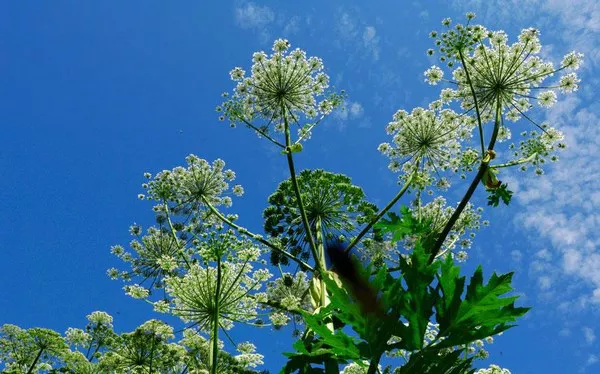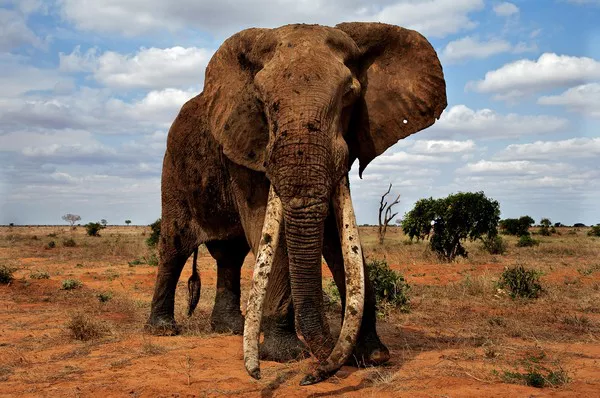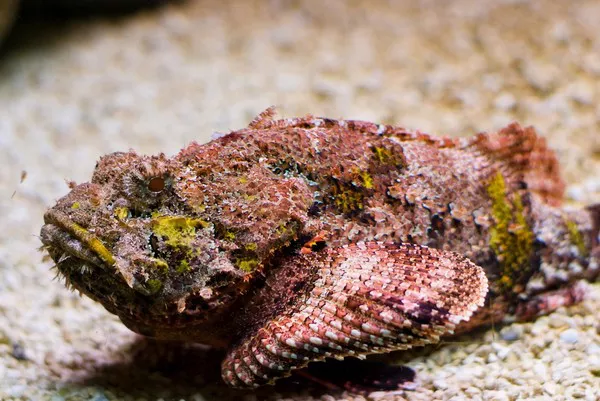In the intricate tapestry of ecosystems around the world, the introduction of invasive plant species poses a significant threat to native flora and fauna. These aggressive invaders, often transported inadvertently by human activities, can outcompete, displace, and alter entire ecosystems, leading to a loss of biodiversity and ecological imbalances. In this comprehensive exploration, we will delve into the top 10 most invasive plants, understanding the scope of their impact and the urgent need for effective management strategies to mitigate their destructive influence.
Top 10 Most Invasive Plants
1. Kudzu (Pueraria montana)
Native to East Asia, kudzu has earned a reputation as the “plant that ate the South” in the United States due to its rapid growth and widespread invasiveness. Introduced for erosion control, this vine has aggressively spread across the southeastern U.S., smothering native vegetation and altering landscapes. Dive into the ecological consequences of kudzu invasion and the challenges associated with managing this green menace.
2. Japanese Knotweed (Fallopia japonica)
Originally introduced as an ornamental plant, Japanese knotweed has become one of the most notorious invasive species globally. Its robust growth and rhizomatous nature enable it to spread rapidly, displacing native plants and threatening infrastructure. Explore the ecological impact of Japanese knotweed and the ongoing efforts to control its relentless invasion.
3. Giant Hogweed (Heracleum mantegazzianum)
Hailing from the Caucasus region, giant hogweed has invaded North America and Europe, posing both ecological and health hazards. This towering plant not only outcompetes native vegetation but also produces toxic sap that can cause severe skin burns. Uncover the ecological and human health implications of giant hogweed invasion and the challenges in managing its spread.
4. Hydrilla (Hydrilla verticillata)
Native to Asia, hydrilla has become a problematic aquatic invader in many parts of the world. Thriving in various water bodies, this submerged plant forms dense mats, outcompeting native aquatic plants and disrupting ecosystems. Dive into the challenges associated with managing hydrilla infestations and the impact on aquatic biodiversity.
5. Purple Loosestrife (Lythrum salicaria)
Originally introduced as an ornamental plant, purple loosestrife has become a pervasive invader in wetlands across North America and Europe. Its robust growth and ability to thrive in wet conditions allow it to outcompete native plants, impacting biodiversity and altering wetland ecosystems. Explore the ecological consequences of purple loosestrife invasion and ongoing efforts to control its spread.
6. English Ivy (Hedera helix)
Valued for its ornamental qualities, English ivy has become a problematic invasive plant in many regions, including North America, Europe, and Australia. Its vigorous climbing nature allows it to smother trees and structures, altering habitats and ecosystems. Delve into the ecological impact of English ivy invasion and the challenges associated with managing its overgrowth.
7. Yellow Starthistle (Centaurea solstitialis)
Native to the Mediterranean region, yellow starthistle has invaded numerous countries, including the United States. This invasive plant forms dense, spiny stands, outcompeting native vegetation and impacting forage availability for livestock. Uncover the ecological consequences of yellow starthistle invasion and the strategies employed to control its spread.
8. Mile-a-Minute Weed (Persicaria perfoliata)
Hailing from East Asia, mile-a-minute weed has become a rapidly spreading invader in parts of North America. Known for its rapid growth and ability to cover large areas, this vine outcompetes native vegetation and disrupts ecosystems. Explore the ecological impact of mile-a-minute weed invasion and ongoing efforts to manage its rapid spread.
9. Tamarisk (Tamarix spp.)
Originally introduced for erosion control, tamarisk has become a problematic invasive species in riparian areas of North America. Its water-hogging nature allows it to outcompete native vegetation, altering water flow dynamics and impacting the habitats of native species. Delve into the ecological consequences of tamarisk invasion and the challenges associated with its management.
10. Russian Olive (Elaeagnus angustifolia)
Introduced for erosion control and as an ornamental plant, Russian olive has become an invasive shrub in many parts of North America. Its rapid growth and ability to form dense thickets make it a formidable invader, outcompeting native vegetation and altering ecosystems. Uncover the ecological impact of Russian olive invasion and ongoing efforts to control its spread.
Conclusion:
The invasion of non-native plant species poses a significant threat to the delicate balance of ecosystems around the world. The top ten most invasive plants highlighted in this article serve as cautionary examples of the ecological disruptions caused by human activities. Recognizing the impact of these invaders is crucial for implementing effective management strategies and restoring the health of affected ecosystems. By fostering awareness, promoting responsible landscaping practices, and supporting conservation initiatives, we can work towards mitigating the destructive influence of invasive plants and preserving the biodiversity and resilience of our natural landscapes.
You Might Be Interested In:























